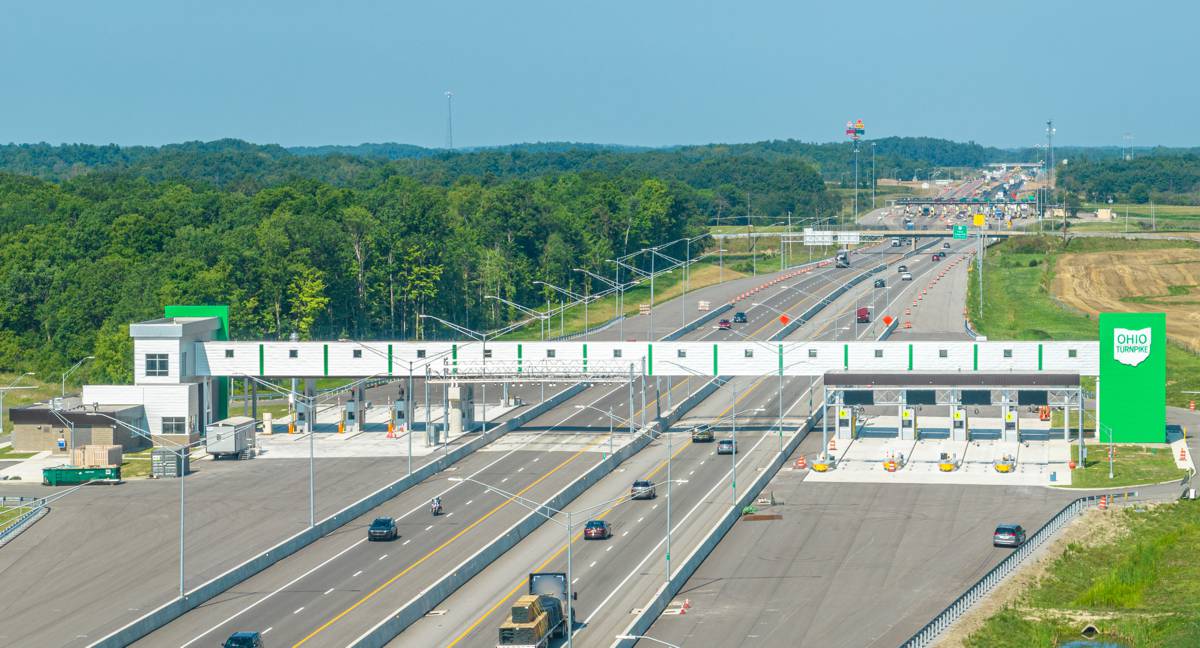Legal Lessons of the Kansas City Bridge Collapse
Last week’s fatal collapse of a bridge being constructed in rural Missouri is a stark reminder that construction sites are often inherently dangerous, posing health and safety risks to workers and others on or near the site.
These dangers also create additional potential legal liabilities for owners, developers, contractors and design professionals. It has been reported that the Missouri bridge collapsed while construction workers were pouring concrete and that multiple contractors were on site at the time.
The cause of the collapse is unknown and is under investigation by the Occupational Safety and Health Administration (OSHA), and while the investigation is likely to take months, now is the time for involved parties to take steps to protect themselves legally. The tragedy also provides a host of legal lessons for others in the construction industry.
Understand Your Potential Exposure
Personal Injury. Construction site accidents, particularly fatal ones, often result in litigation.
For the employer of the injured worker, the state workers’ compensation laws should provide a shield from liability. The Missouri Workers’ Compensation statute requires that employers provide mandatory no-fault insurance coverage that pays benefits to workers injured on the job to cover medical care, part of lost wages and permanent disability. In return, employers receive immunity from civil lawsuits by employees over such workplace injuries.
Regardless of the state of operations, it is critical that employers maintain workers’ compensation coverage for all employees. For general contractors on a construction site, this can be particularly complex because the general contractor must be sure that its direct employees are covered, but also that all subcontractors and third-party consultants and suppliers (such as safety inspectors) engaged by the contractor are covered. General contractors should use wrap programs and ensure that all necessary individuals are enrolled, or contractually require that subcontractors maintain their own workers’ compensation insurance. And a general contractor must obtain additional insurance for third parties engaged.
Beyond the employer, there are often multiple parties present on a job site when a construction accident occurs. To the extent that the negligence of any of these third parties caused or contributed to the injury, workers’ compensation will not shield them from liability in a lawsuit by the injured employee or their dependents. On a construction site, this might include an owner, a developer or a contractor who did not employ the injured worker or a design professional. All of these parties should immediately take steps to assess their own potential legal exposure after a workplace accident.
Extra Work and Time Impacts. According to a press release issued by the Clay County Sheriff’s Office, the bridge has been closed since 2016, construction began in late May 2021 and the bridge was set to open in early 2023. As a result of the collapse the ongoing project will require significant extra work, including clean up, potential redesign and rework. The project will also suffer time impacts, including likely delays to project completion as well as the potential need for overtime, extra staffing and other mitigation strategies to make up for lost time. All of the extra work and time impacts can be very costly to all parties involved and there is a high likelihood of disputes regarding liability for the costs associated with the extra work and time impacts.
Similar to personal injury issues, all parties involved in the project should engage in an analysis of their potential exposure for the costs associated with extra work and time impacts that will result from this incident. In addition, all parties should immediately engage in a careful review of all insurance policies to identify potential coverage issues and develop a strategy to maximize coverage, both for defence costs and any ultimate liability.
The Investigation and Protecting Your Privilege
In Missouri, OSHA is conducting its investigation of the bridge collapse, but there is no reason that interested parties cannot also begin their own investigations. It is imperative to understand the cause of the collapse and whether negligence occurred to assess potential exposure for claims relating to personal injury or for costs associated with extra work and time impacts.
It may be necessary to retain consultants to assist you in your investigation and it may be prudent to, among other things, perform a review of the structural plans, including the formwork and shoring plans, review the site safety plans, review records relating to recently performed work and safety inspections, and interview potential witnesses.
However, if you have any reason to suspect that you have potential legal exposure, it is important that before any investigation takes place, you take necessary steps to ensure that you are protected by attorney-client privilege and the work product doctrine. By retaining counsel early and working collaboratively to retain necessary consultants and conduct necessary interviews, you lay the foundation to allow yourself to take full advantage of privilege and work product in the event of future litigation.
Implement a Communications Plan in Advance
Effective communication is critical to ensure positive outcomes. When an accident on a construction site occurs, it is imperative that those present know who to contact for necessary emergency assistance as well as what responsible parties need to be notified of the event. But that is only one small aspect of a communication plan that should be in place to address workplace accidents.
Given the widespread access to digital media, it is extremely easy for comments about a workplace event to be broadcast, by anyone, immediately, to a wide audience. These comments could later cause significant problems for a company in litigation or otherwise.
Moreover, high profile events like last week’s bridge collapse, tend to generate media attention and communication with the media could also cause future issues for potential litigants.
Employers should maintain clear communication and crisis response policies and regularly train employees on those policies that address employees’ communications regarding workplace accidents, including via email, social media, with the media and other outside parties.
Article by Judah Lifschitz and Laura Fraher. Washington, D.C. based attorneys with Shapiro Lifschitz & Schram. As construction litigators, they routinely guide companies involved in structural, engineering and other complex matters. They may be reached at (202) 689-1900.















